How does Google Ads Generate Responsive Search Ads Answer?
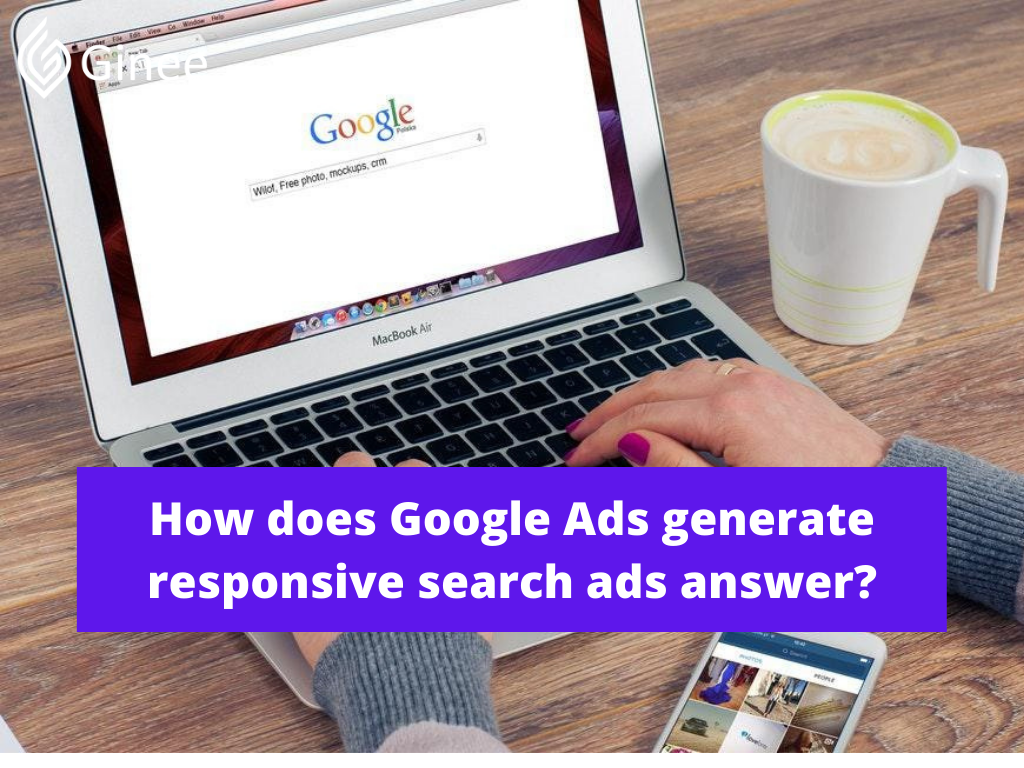
How does Google ads generate responsive search ads? But what are responsive ads? Responsive ads automatically adjust their size, appearance and format to fit available ad spaces.
Then Google Ads automatically creates the ads people see. Responsive ads fit just about any ad space across the Display Network, and can take on native formatting to match the tone and feel of the websites they show on.
Don’t Know How to Set Up Digital Ads? Don’t Worry!
Set up Google, Facebook, TikTok Ads, and more with Ginee Ads. The best part is you can do all of this in one place. Check it out now!
Why Does Google Ads Generate Responsive Search Ads?
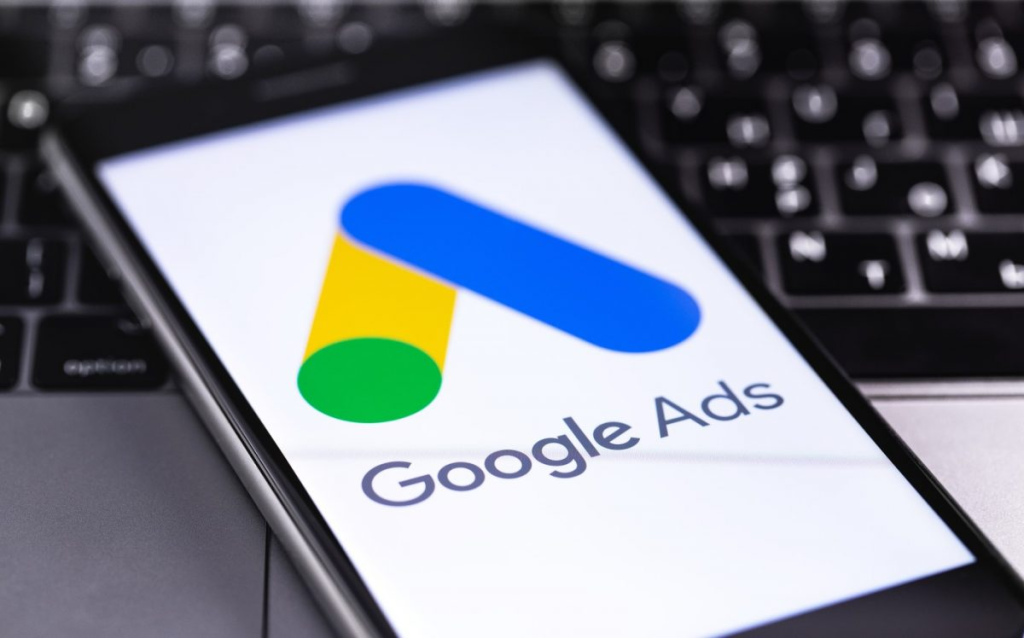
How many ads should be implemented per ad group? The right answer is Google Ads mixes and matches headlines and description lines that have been provided.
Note that responsive search ads differ from responsive display ads. Responsive search ads allow you to create an advertisement that adapts to what is searched by users.
First, you enter several headlines and descriptions to offer Google Ads a few options to test. Then, over time, Google Ads tests different combinations of these headlines and descriptions and determines which of them shows the best results.
When the ad’s content is tailored to your potential customers’ search terms, leads are more likely to convert. This way, responsive search ads improve your marketing performance and can increase your profit.
To maximize the benefits of responsive search ads, carefully think about the entered headlines and descriptions. Since they will appear in any combination, headlines and descriptions must match each other.
Also, the more options you enter, the more likely it is for Google Ads to find the combination that perfectly matches the search queries of your potential customers.
Responsive search ads let you create an ad that adapts to show more text and more relevant messages to your customers. Enter multiple headlines and descriptions when creating a responsive search ad, and over time, Google Ads will automatically test different combinations and learn which combinations perform best.
By adapting your ad’s content to more closely match potential customers’ search terms, responsive search ads may improve your campaign’s performance. Assets can be shown in any order, so make sure that they make sense individually or in combinations, and don’t violate our policies or local law.
Read also: 30+ Google Trends Products to Sell in 2021 Revealed!
Your Selling Stock is Messing Up? You Need Help!
Ginee Omnichannel allow you to automatically sync every stock from all of your online stores. It’s faster way to helps you profit!
How Does Google Ads Generate Responsive Search Ads School for SEO?
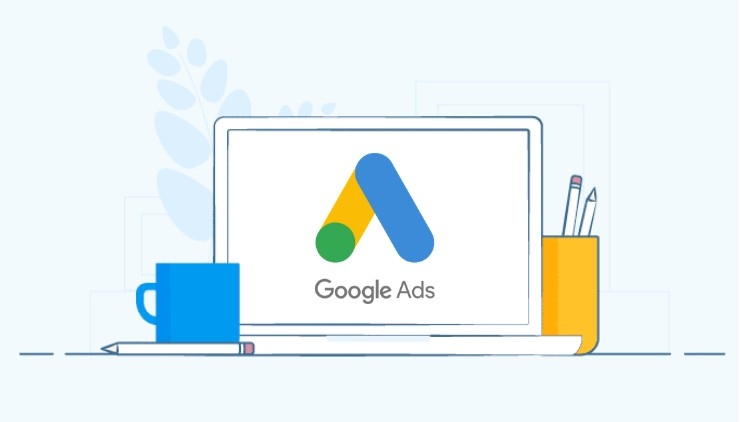
Which part of a search ad isn’t automatically generated by dynamic search ads? Responsive search ads allow you to construct an ad that changes to display more text and relevant messages to your customers. When designing a responsive search ad, provide numerous headlines and descriptions, and Google Ads will automatically test and learn which combinations perform best over time.
Responsive search ads may increase the performance of your campaign by tailoring the content of your ad to match the search terms of potential customers more closely.
After you’ve generated your headlines and descriptions, Google Ads will organize the text into multiple variations.
Then, the rest is handled by artificial intelligence (AI), which shuffles the combinations to ensure that clients always see the most appropriate version of your ad to their needs and interests. Over 40,000 distinct combinations are possible with the 15 headlines and four descriptions.
For specific search queries, the software attempts a variety of combinations over time and uses machine learning to find the most effective combinations and ad variants.
As a result, Google’s AI takes over once the first creative phase is over. This has numerous benefits for you and your company.
Read also: 10 Top Tips for Small Business Search Engine Marketing
Want to Put Digital Ads Everywhere Without Hassle?
Get the 360 digital marketing experience via Ginee Ads. Put your ads anywhere at any time, do them all in just one place!
How Do I Create a Responsive Ad on Google Ads?
What is the key value proposition of Google search campaigns? Responsive display ads are a relatively new offering in Google Ads. Learning how to create responsive display ads can save marketers time while boosting campaign performance.
Below, that describes how to create responsive display ads. First, however, it helps to understand exactly how these ads work and the advantages they offer over traditional display ads.
Step 1 – Upload Your Images and Logos
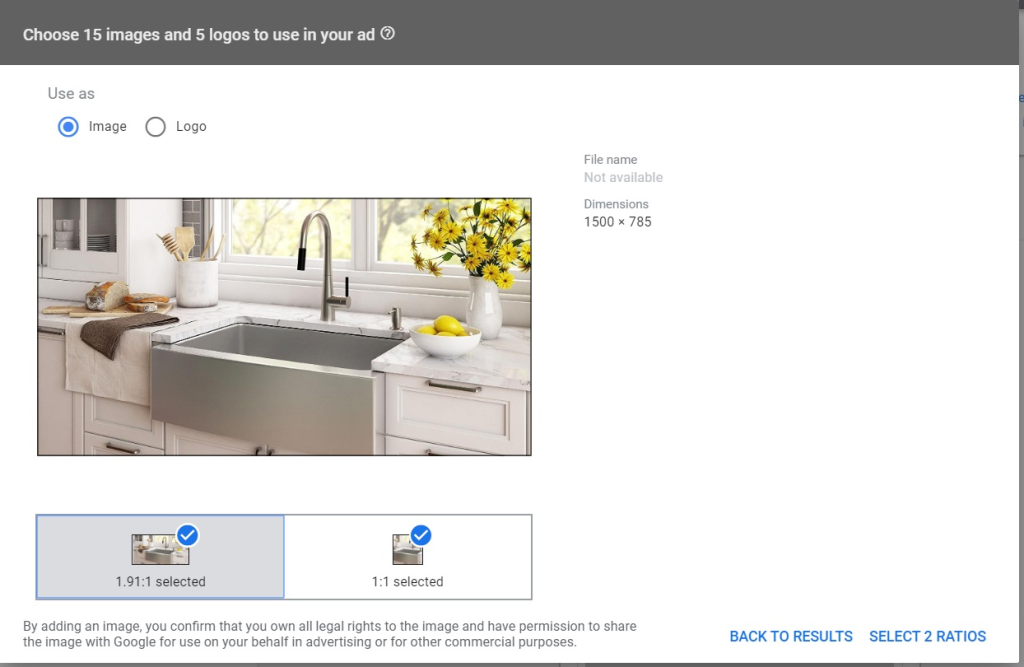
How does Google ads generate responsive search ads brainly? You want to start with uploading 15 images and 5 logos if you have that creativity. The more you upload, the better performance you will see because the top-performing images will continue to be displayed across the web.
Step 2 – Create 5 Headlines, Long Headline and 5 Descriptions
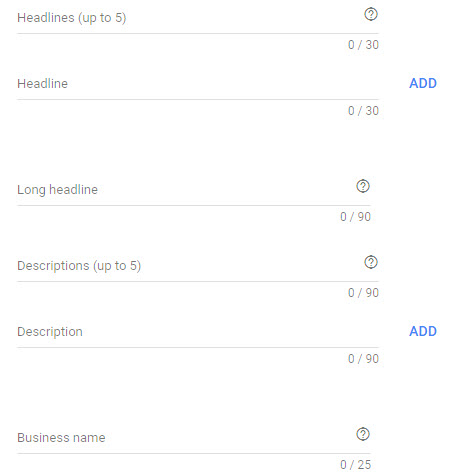
Once you have your image and logo selection, click on “Save” and you will be able to see a preview of your ad to this point. It will keep updating as you fill in your 5 short headlines, long headlines, 5 description lines, business name, and final URL. As a time-saver, there are limited character counts for these sections.
Step 3 – Preview Responsive Display Ads
Also, on this page, you can look at the ad preview pane to scroll through how your ad would look in different formats. And as Google gets more data, they will indicate what ad is running best in the same pane. There will be a bit of a learning curve in the beginning, which is why it’s important to monitor your campaign results regularly.
Step 4 – Call To Action
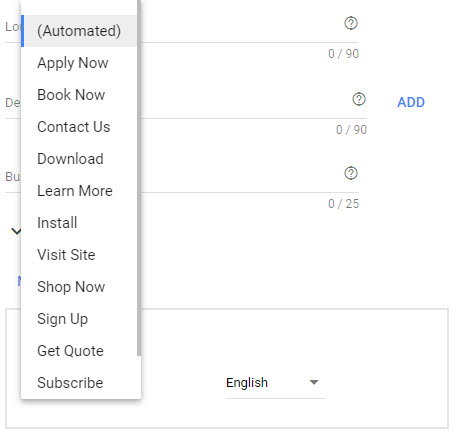
Before you finish this section, be sure to click on “More options” and add a call-to-action text to your ad. For example, you can include apply now, contact us, shop now, download, subscribe, contact us, visit site, etc. There are many selections to match every campaign goal. Once you have finished these steps, click “Add to ad group”.
Want to Put Digital Ads Everywhere Without Hassle?
Get the 360 digital marketing experience via Ginee Ads. Put your ads anywhere at any time, do them all in just one place!
Step 5 – Create Multiple Responsive Ads Per Ad Group
You now have your first set of responsive ads created. That recommends creating at least two more sets for your campaign. You can create more ads using stock images which are accessible in a tab during the image selection process.
Simply enter your site and Google will pull up stock images that are similar to the site you are promoting. This feature will let you use the same image for both landscape and square sizes.
Step 6 – Test and Optimise
Why do search ad extensions matter? Regardless of whether you are using your own images or the stock options, one of the most important things to remember when creating your ads is to have a cohesive look and targeting approach. Uploading multiple ads will help you in the long run. You will have more data to compare to see what is working best for your campaign.
Conclusion
There are plenty of reasons to use Responsive Display Ads. By creating one responsive advertisement, you get access to more inventory and you will see better performance. In terms of being a more efficient and effective marketer, responsive display advertisements for Google Display Network campaigns are vital.


 Ginee
Ginee
 23-12-2021
23-12-2021



